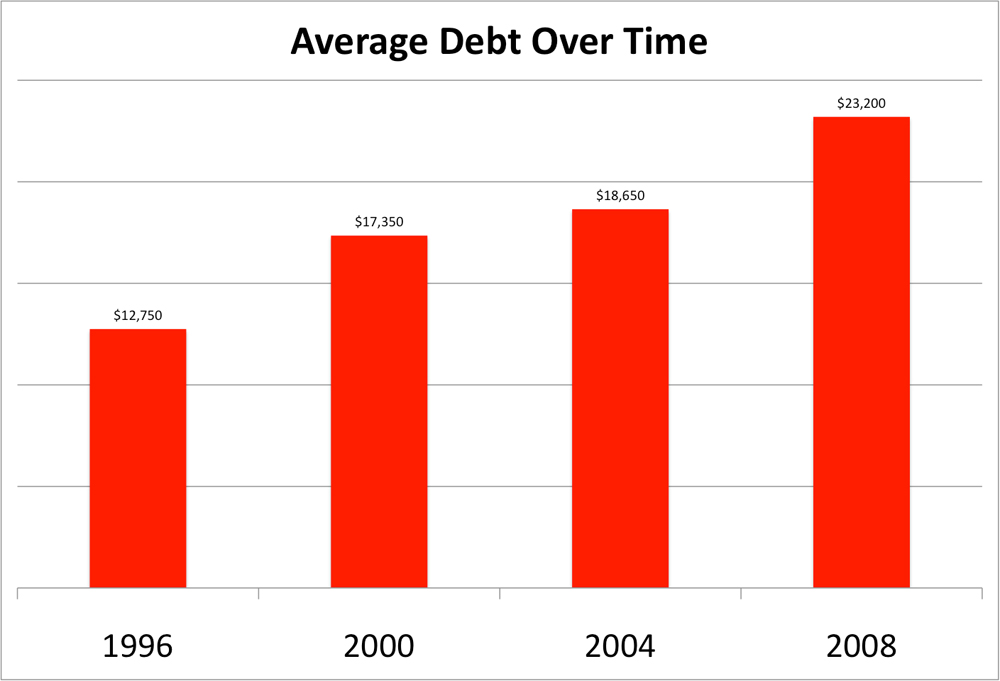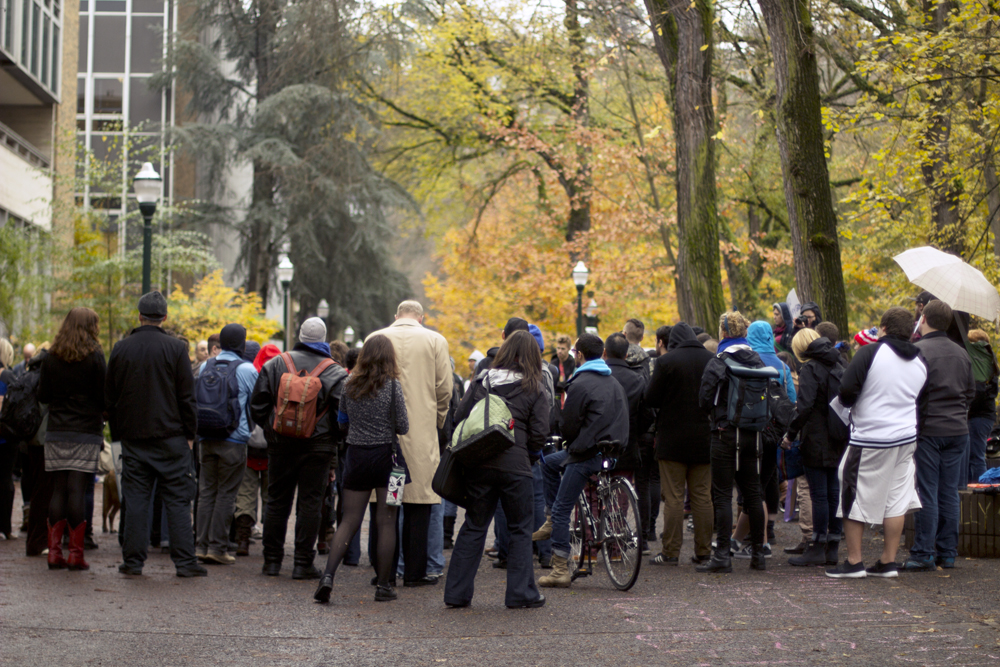Social media is not only a big part of everyday life but is also growing exponentially in the workplace and in academia.
Christian Aniciete is the social media coordinator for the Office of University Communications at Portland State and an alumnus of the PSU School of Business. Spend a few minutes talking to him about his job, and it’s obvious that he believes in the power of social media.
“We strive to use social media to build a level of connection, pride and spirit for our students,” Aniciete said.
The university does this by using different platforms to target a variety of audiences. PSU’s Twitter account, for instance, is mainly targeted at local news outlets.
“Facebook is used to showcase campus life at PSU. Students are able to respond, and that makes it a two way conversation,” Aniciete said.
The university’s most recently added platforms, Tumblr and Instagram, provide an opportunity to reach out to incoming students and current high schoolers interested in attending PSU.
“It’s very important to be on top of the latest trends,” Aniciete said. Paying attention to the latest trends has paid off. PSU’s social media network has won several national awards, including recognition at the annual Social Media Awards, making it one of only two universities recognized in a group that typically only includes marketing agencies and businesses.
However, social networking is not just for reaching out; it is also used to facilitate collaboration within the university. Over 150 different student groups and departments across campus use social media for organizing and outreach.
“We put on a social networking event every quarter, and we utilize the talent that we have on campus, whether through student groups or connecting with different departments,” Aniciete said. “We are very adamant about not outsourcing.”
Social media is slow to make its way into the classroom, but according to Aniciete, more instructors are implementing social media in their classes. They are using Google Hangouts, WordPress and other tools for group collaborations, and some create Facebook groups for their classes.
“In very large classes, students are seeking a personal connection with instructors. It makes communication easier and provides a way for students to engage,” Aniciete said.
Dr. Ursina Teuscher, a psychology professor at PSU, uses social media in her business as a personal decisions coach. She believes it can add to the classroom experience.
“Social media could add a fun aspect and could be useful to provide additional content,” Teuscher said. “They could also be helpful for continuing the topic or group beyond the duration of the class enrollment.”
She publishes a regular e-newsletter both so her former students can stay informed and to extend their learning experience after they’ve left class.
This may not be the only purpose social networking serves in the classroom.
Tammy Wheeler, a teacher in the master’s business program and a freelance management consultant, thinks social media literacy is fast becoming an important consideration in hiring and promotion practices outside academia.
Many employers are trading dedicated office space for virtual office space. This means that employees are more geographically diverse and both employees and their managers must use social networking for effective communication and collaboration.
“The way in which employees share knowledge, information and ideas is greatly impacted by technology and social media,” Wheeler said, “and is a critical factor in how organizations hire, train and lead employees.”
Although not yet regularly used in the classroom, online learning, mentoring and collaboration is common in modern workplaces. Wheeler does not see this trend slowing down.
“Even things like performance management, goal setting and documentation are now done online in many organizations, so they must use this technology to do their regular management work,” she said.
Should academia anticipate the future use of social media and make it an integral part of the educational process in the classroom?
“I would not use social media as a mandatory component in a class though,” Teuscher said, “…and even if it’s an optional component, I would want to be careful not to put students at a disadvantage who don’t use social media for whatever reason.”
Wheeler is in partial agreement.
“It depends. If you mean doing things during an in-person class, it’s probably not very important,” Wheeler said. “In relationship to the team projects and class assignments, yes.” She sees social media proficiency as important to the future success of her students.
“I believe it is impacting it now and will have greater impact in the next few years,” Wheeler said. “If a manager can’t or won’t use technology, they will become obsolete and un-hireable. I have seen that firsthand.”
To make sure her students are prepared for the virtual office, Wheeler integrates social networking into her curriculum.
“My students all use video clips in their team presentations, and they are powerful, humorous and get the point across quickly,” Wheeler said. “They also have to be effective at networking for their leadership interviews and for their case study presentations, and networking is a key component of social media.”






